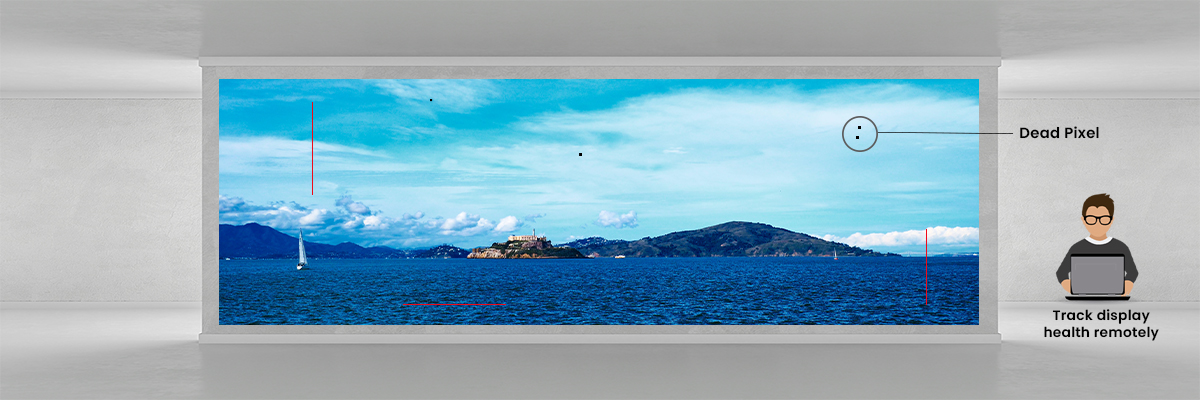One major component of LED wall panel functionality affected by viewing perspectives is brightness. As the observation perspective changes, the apparent brightness of the panel can decrease. This is especially noticeable in panels that are not designed for broad observation angles. For example, a viewer standing directly in front of an LED wall panel may see rich and bright colors, while someone viewing from the flank may notice a significant decline in brightness and color accuracy. This issue can restrict the effectiveness of the display in shared environments, making it essential to select panels with broader viewing perspectives for such uses.
Color uniformity is another key factor affected by observation angles. Various LED wall panels use different technologies to display hues, resulting in varying levels of color fidelity across various angles. When viewing an LED wall panel from an perspective, colors may seem changed or weblink washed out. This inconsistency can be especially problematic in professional environments, such as advertising or demonstrations, where accurate color depiction is vital. Selecting panels that maintain color accuracy across a broad variety of angles can enhance the overall viewing experience.

In addition to performance elements, visual quality are also affected by viewing angles. LED wall panels are often used as decorative features in modern design and interior design. When placed in a site where observers will see the panel from multiple angles, the overall visual impact can change dramatically depending on the panel's characteristics. A panel that looks impressive from the fore may not have the same appeal when viewed from the side. Thus, architects must consider the viewing angles when designing installations to guarantee that the aesthetic quality is maintained from all viewpoints.
Ultimately, it is essential to consider the type of setting in which the LED wall panels will be employed. In settings like sports arenas, musical halls, and big public spaces, a wide viewing angle is vital to guarantee that all viewers can enjoy the display's content. In comparison, in compact environments like home theaters, the viewing angle may be less important, as viewers typically sit directly in front of the screen. By assessing the specific needs and environments for LED wall panels, users can choose displays that optimize both click to read more functionality and visual appeal, creating a more pleasurable viewing experience for everyone.